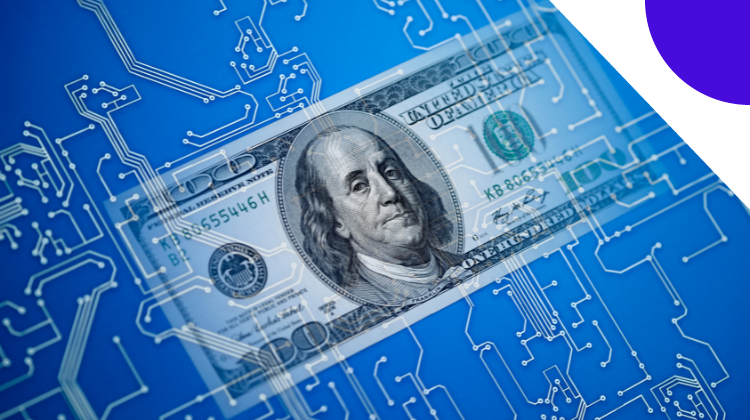US consumer optimism (finally) moves the dial on spending habits but high earners are an outlier to this shift
- With macroeconomic conditions showing signs of improvement, consumers are re-evaluating and adjusting their spending habits following a challenging period.
- However, consumers earning above $100,000 annually are facing their own financial hurdles, with nearly half (48%) living paycheck-to-paycheck as of January.

Last month, Tearsheet reported how small businesses (SMBs) are pressing on in the face of various challenges while maintaining their optimistic outlook on the economy. This sentiment isn’t exclusive to SMBs but also reverberates among consumers, reflecting a shared sense of hopefulness. 
In January, consumer confidence reached its highest level in five months, followed by a two-year peak in February. What’s driving this recent surge? Experts point to several factors, such as ongoing wage increases, reduced unemployment, and a moderation in inflation in comparison to the last couple of years. Moreover, the recovery of the stock market is also believed to have played a role in this shift.
With macroeconomic conditions showing signs of improvement, consumers are re-evaluating and adjusting their spending habits following a challenging period, a trend observed in a recent survey conducted by McKinsey. This doesn’t imply consumers have ceased spending or shopping altogether, however, they are taking a more mindful approach to their priorities and purchases.







